Home>Furniture & Design>Outdoor Furniture>What Color Temperature Is Best For Outdoor Lighting
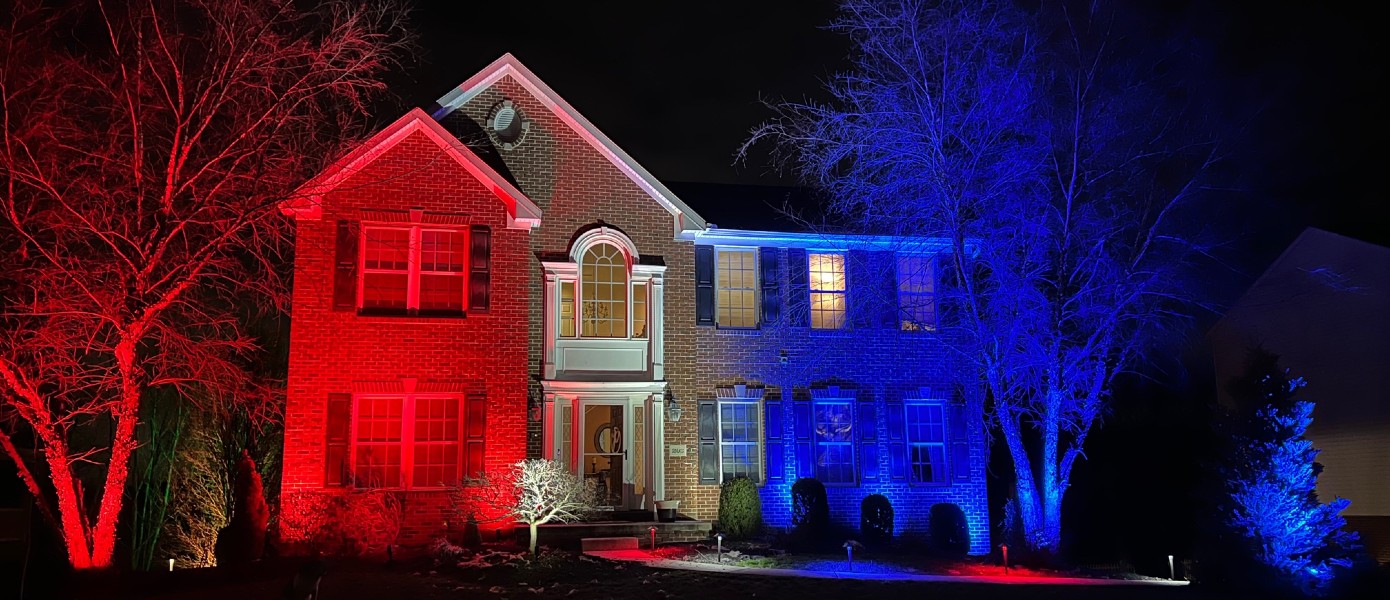

Outdoor Furniture
What Color Temperature Is Best For Outdoor Lighting
Modified: August 20, 2024
Discover the best color temperature for outdoor lighting to enhance your outdoor furniture, design, and ambiance. Learn how to create the perfect outdoor lighting atmosphere.
(Many of the links in this article redirect to a specific reviewed product. Your purchase of these products through affiliate links helps to generate commission for Storables.com, at no extra cost. Learn more)
Introduction
Outdoor lighting serves multiple purposes, from enhancing the aesthetic appeal of your outdoor space to improving safety and security. One crucial aspect of outdoor lighting that significantly impacts its effectiveness is color temperature. Understanding the concept of color temperature and its implications for outdoor lighting can help you make informed decisions when designing and selecting lighting solutions for your outdoor areas.
Color temperature refers to the visual warmth or coolness of light, measured in Kelvin (K). This metric influences the ambiance and functionality of outdoor lighting, playing a key role in creating the desired atmosphere and achieving specific lighting objectives. Whether you are illuminating a cozy patio, a vibrant garden, or a functional pathway, the color temperature of the lighting can make a substantial difference in the overall experience.
In this comprehensive guide, we will delve into the intricacies of color temperature in outdoor lighting, exploring the various factors to consider and identifying the best color temperature options for different outdoor settings. By gaining a deeper understanding of color temperature and its impact on outdoor lighting, you can elevate the beauty, functionality, and safety of your outdoor living spaces. Let's embark on a journey to unravel the mysteries of color temperature and discover how it can transform your outdoor environment.
Key Takeaways:
- Choose warm white (2000K – 3000K) for cozy outdoor spaces like patios and lounges, creating a serene and inviting atmosphere for relaxation and social gatherings.
- Opt for cool white (4500K – 6000K) for outdoor areas needing heightened visibility and security, such as driveways and work zones, to enhance safety and create an invigorating ambiance.
Understanding Color Temperature
Color temperature is a fundamental concept that plays a pivotal role in determining the visual characteristics of light. It is measured in Kelvin (K) and is used to describe the warmth or coolness of light. The color temperature scale ranges from warm, yellowish hues to cool, bluish tones, with lower Kelvin values representing warmer light and higher values indicating cooler light.
When applied to outdoor lighting, understanding color temperature is essential for creating the desired ambiance and achieving specific lighting objectives. Warm light, typically ranging from 2000K to 3000K, exudes a cozy and inviting glow, resembling the soft radiance of candlelight. This temperature range is ideal for intimate outdoor settings, such as dining areas, lounging spaces, and cozy nooks, where a relaxed and welcoming atmosphere is desired.
On the other end of the spectrum, cool light, falling within the range of 4000K to 6000K, emits a crisp and refreshing glow reminiscent of natural daylight. This cooler temperature range is well-suited for functional outdoor lighting purposes, such as illuminating pathways, driveways, and outdoor work areas, where clarity, visibility, and security are paramount.
It’s important to note that the perceived color and ambiance of outdoor lighting can significantly influence the overall mood and aesthetics of the outdoor space. By carefully considering the color temperature of the lighting fixtures, you can tailor the atmosphere to align with the intended use of the outdoor area, whether it’s for relaxation, entertainment, or practical tasks.
Furthermore, understanding color temperature empowers you to harmonize the lighting with the surrounding environment, complementing natural elements and architectural features to create a cohesive and visually appealing outdoor setting. By mastering the nuances of color temperature, you can harness the transformative power of light to elevate the beauty and functionality of your outdoor living spaces.
Factors to Consider for Outdoor Lighting
When planning outdoor lighting, several crucial factors should be taken into account to ensure optimal functionality and visual appeal. By carefully considering these elements, you can create a well-balanced lighting scheme that enhances the beauty, safety, and usability of your outdoor spaces.
- Practical Requirements: Assess the specific lighting needs of different outdoor areas, such as pathways, patios, and gardens. Determine the level of illumination required for each space based on its intended use, ensuring that practical tasks can be carried out safely and comfortably.
- Architectural Features: Consider the architectural elements of your outdoor environment, such as trees, sculptures, or water features, and devise lighting strategies to accentuate these features. Thoughtfully placed lights can create captivating visual focal points and add depth and dimension to the outdoor landscape.
- Natural Surroundings: Take into account the natural elements surrounding your outdoor space, including foliage, terrain, and water bodies. By harmonizing the lighting with the natural environment, you can evoke a sense of tranquility and create a seamless transition between the indoor and outdoor areas.
- Atmospheric Ambiance: Tailor the color temperature and intensity of the lighting to cultivate the desired ambiance in different outdoor zones. Whether you aim to create a cozy, intimate setting for social gatherings or a well-lit, secure pathway for nighttime navigation, adjusting the lighting characteristics can help achieve the intended atmosphere.
- Energy Efficiency: Opt for energy-efficient lighting solutions, such as LED fixtures, to minimize environmental impact and reduce long-term operational costs. By choosing sustainable lighting options, you can illuminate your outdoor spaces responsibly while enjoying long-lasting performance and durability.
- Lighting Control: Consider implementing lighting control systems, such as timers, motion sensors, or smart lighting technology, to enhance convenience, security, and energy savings. These systems enable automated or remote control of outdoor lighting, allowing you to adjust settings based on varying needs and schedules.
By carefully evaluating these factors and integrating them into your outdoor lighting design, you can create a cohesive and harmonious lighting scheme that enriches the outdoor living experience, elevating both the functionality and visual allure of your outdoor spaces.
For outdoor lighting, a color temperature of 2700-3000 Kelvin is best as it provides a warm, inviting glow. This temperature is ideal for creating a cozy and comfortable atmosphere in outdoor spaces.
Best Color Temperature for Outdoor Lighting
Choosing the best color temperature for outdoor lighting involves considering the specific requirements and ambiance desired for different outdoor areas. By tailoring the color temperature to align with the intended use and atmosphere of each space, you can optimize the visual appeal and functionality of your outdoor lighting design.
Warm White (2000K – 3000K): This color temperature range, often referred to as warm white, emits a soft, inviting glow that is well-suited for creating a cozy and intimate ambiance in outdoor settings. It is ideal for illuminating relaxation zones, such as patios, dining areas, and outdoor lounges, where a serene and welcoming atmosphere is desired. Warm white lighting can accentuate the textures and colors of outdoor furnishings and architectural elements, fostering a sense of comfort and tranquility.
Neutral White (3500K – 4000K): Falling between warm and cool tones, neutral white lighting offers a balanced and versatile option for various outdoor applications. This color temperature range is suitable for general outdoor lighting, including pathways, entryways, and outdoor entertaining areas. It provides clarity and visibility while maintaining a natural and neutral ambiance, making it a practical choice for illuminating functional outdoor spaces.
Cool White (4500K – 6000K): Cool white lighting, with its crisp and refreshing tone, is well-suited for outdoor areas that require heightened visibility, security, and a vibrant ambiance. This color temperature range is ideal for illuminating driveways, work areas, and outdoor activity zones, where clarity and alertness are essential. Cool white lighting can enhance safety and create an invigorating atmosphere, making it an effective choice for outdoor spaces with practical and task-oriented functions.
It’s important to note that the best color temperature for outdoor lighting is ultimately determined by the specific requirements and characteristics of each outdoor area. By carefully assessing the intended use, ambiance, and practical considerations, you can select the most suitable color temperature for each outdoor space, ensuring that the lighting design harmonizes with the environment and enhances the overall outdoor living experience.
Conclusion
Color temperature is a crucial element in outdoor lighting design, influencing the ambiance, functionality, and visual appeal of outdoor spaces. By understanding the nuances of color temperature and its implications, you can craft a lighting scheme that enhances the beauty, safety, and usability of your outdoor environment.
When selecting the best color temperature for outdoor lighting, it’s essential to consider the specific requirements and intended atmosphere of each outdoor area. Whether it’s creating a warm and inviting setting for social gatherings, illuminating pathways for safe navigation, or enhancing the architectural features of your outdoor landscape, tailoring the color temperature to align with these objectives is key to achieving an optimal lighting design.
By carefully evaluating factors such as practical requirements, architectural features, natural surroundings, and energy efficiency, you can create a cohesive and harmonious outdoor lighting scheme that complements the outdoor environment while meeting functional and aesthetic needs. Additionally, the strategic use of warm white, neutral white, and cool white lighting can cater to different outdoor settings, from intimate relaxation spaces to functional activity areas, ensuring that the lighting design is tailored to each specific use case.
Ultimately, the best color temperature for outdoor lighting is a thoughtful and deliberate choice that considers the unique characteristics and purposes of each outdoor area. By harnessing the transformative power of light and color temperature, you can elevate the outdoor living experience, creating captivating and inviting spaces that seamlessly blend practicality, beauty, and ambiance.
As you embark on your outdoor lighting journey, may the interplay of color temperatures illuminate not only your outdoor spaces but also the moments and memories created within them, enriching your outdoor living experience with warmth, vibrancy, and enduring beauty.
Frequently Asked Questions about What Color Temperature Is Best For Outdoor Lighting
Was this page helpful?
At Storables.com, we guarantee accurate and reliable information. Our content, validated by Expert Board Contributors, is crafted following stringent Editorial Policies. We're committed to providing you with well-researched, expert-backed insights for all your informational needs.
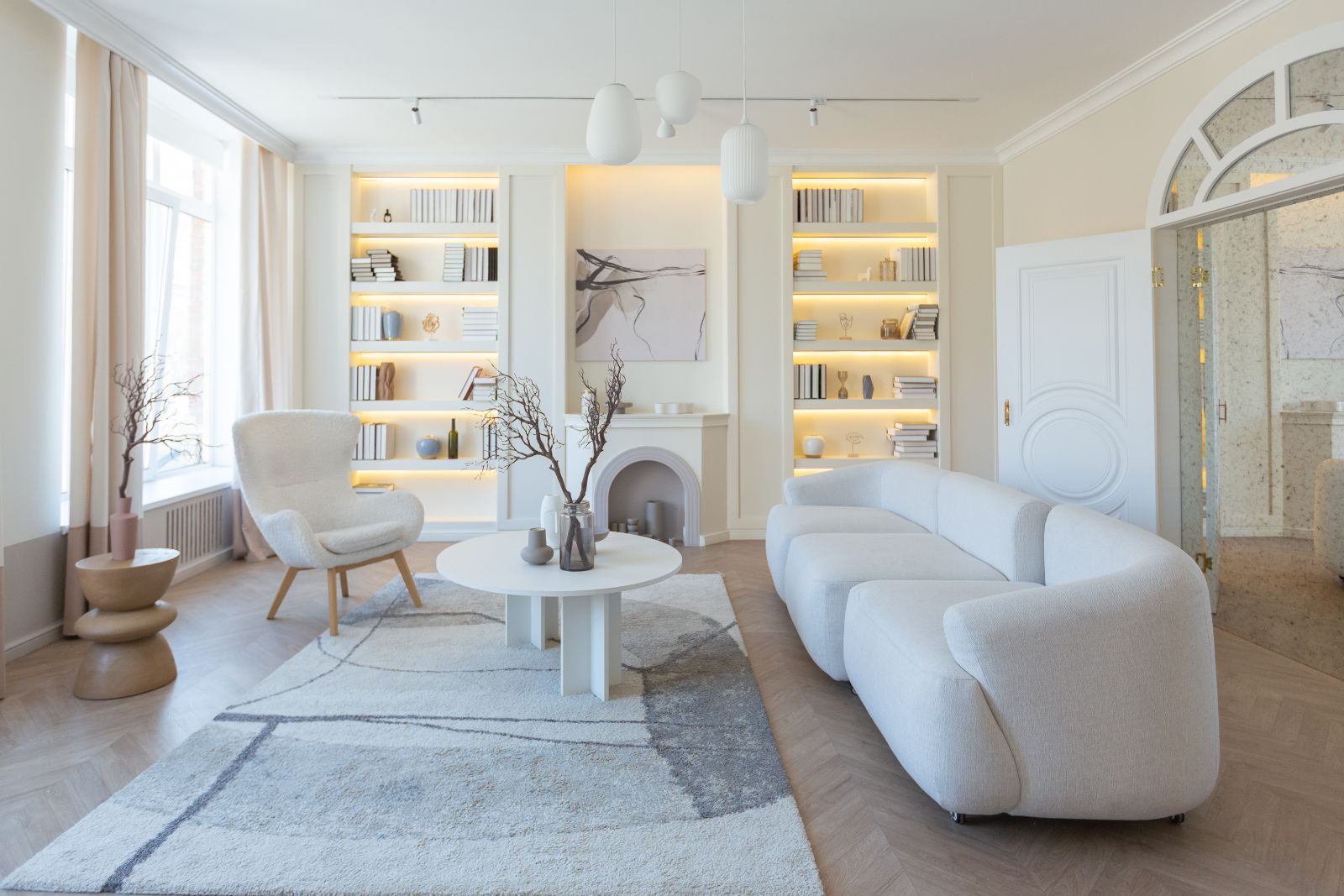
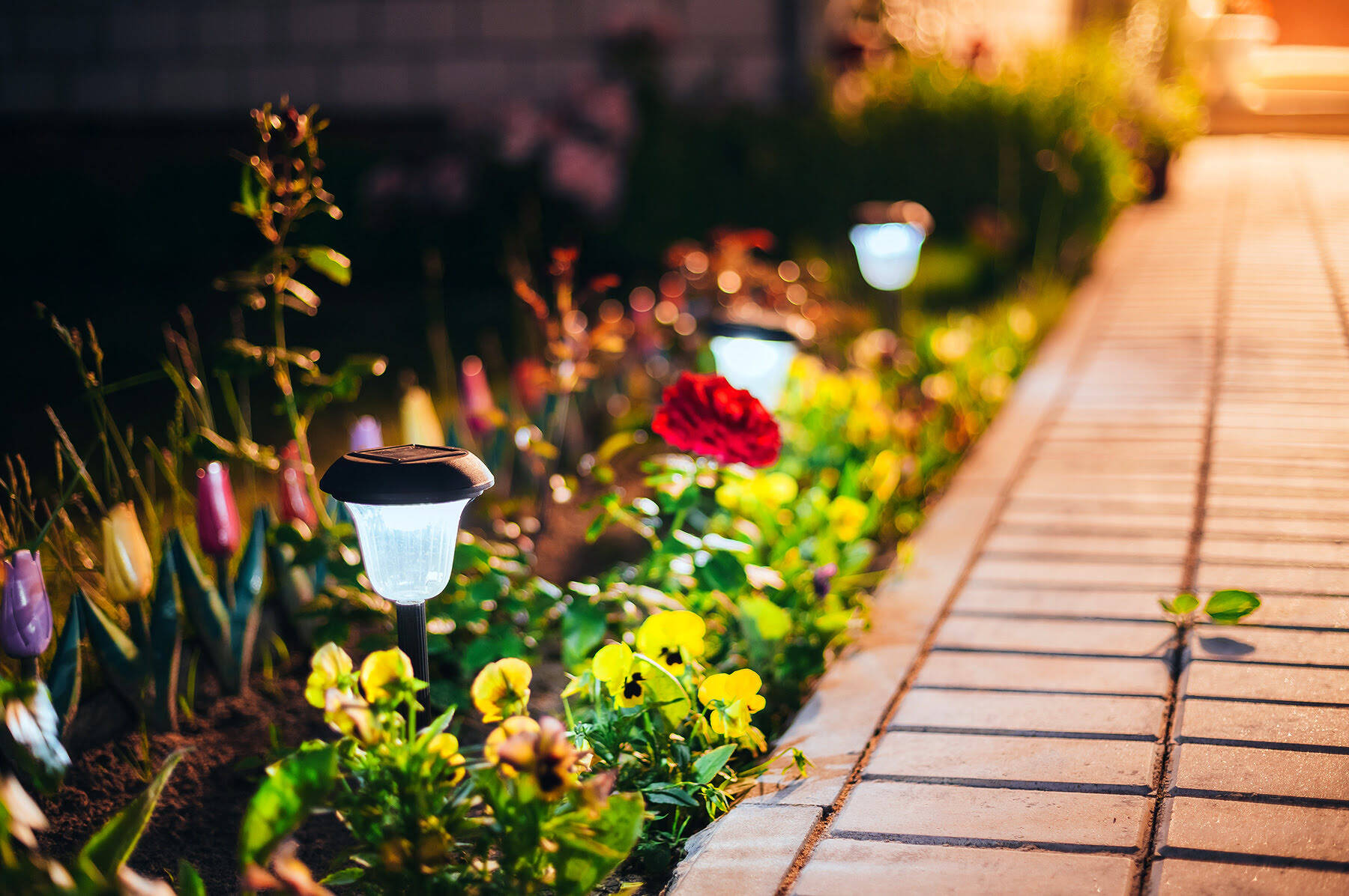
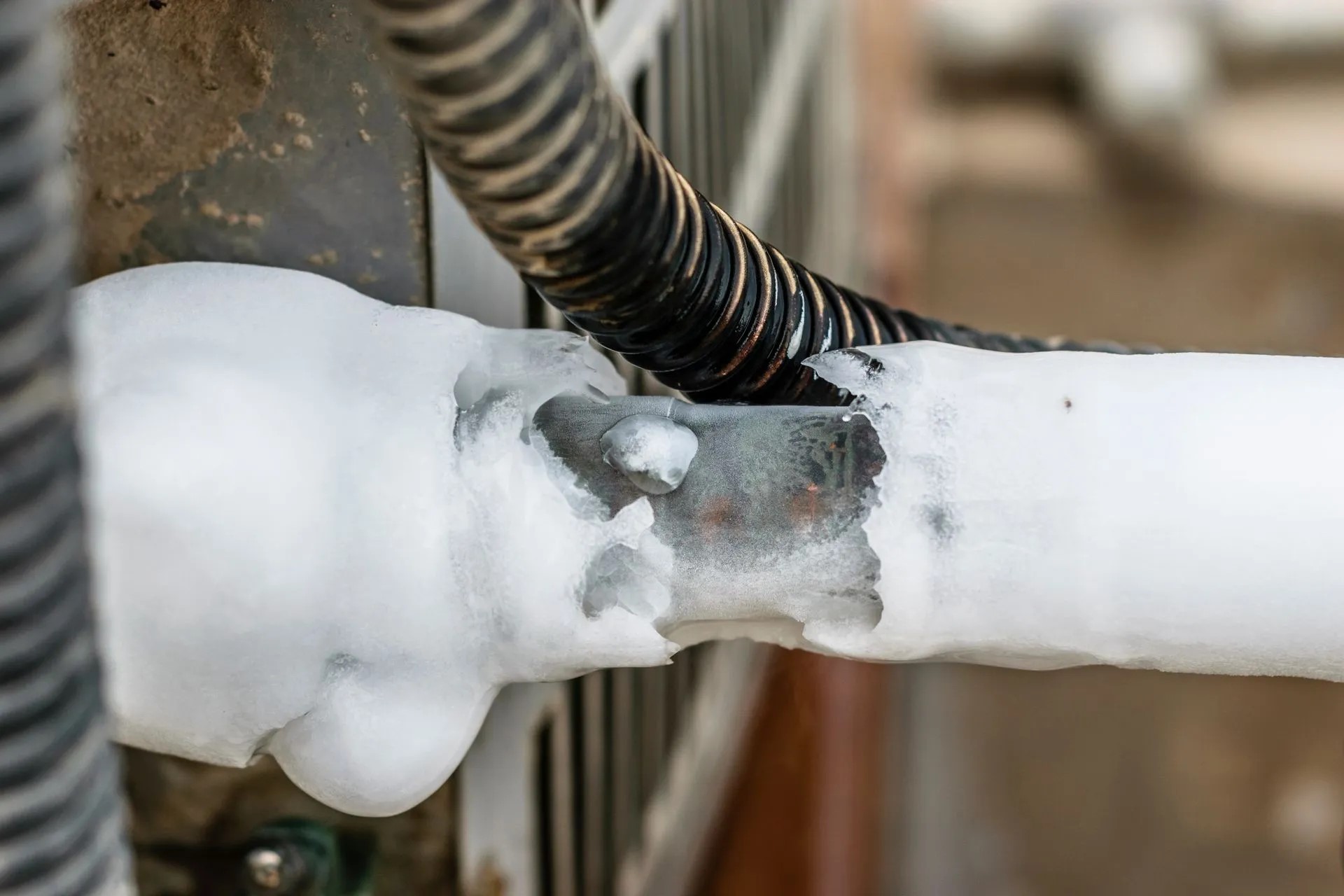
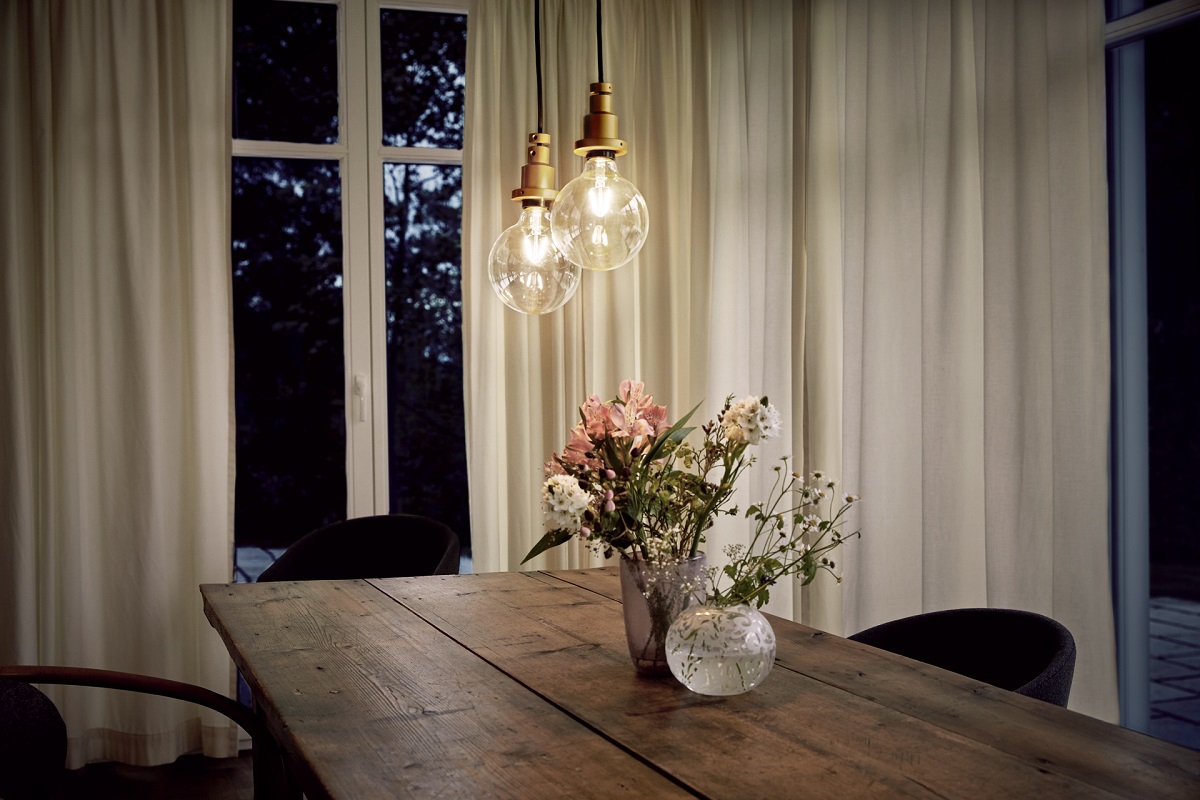
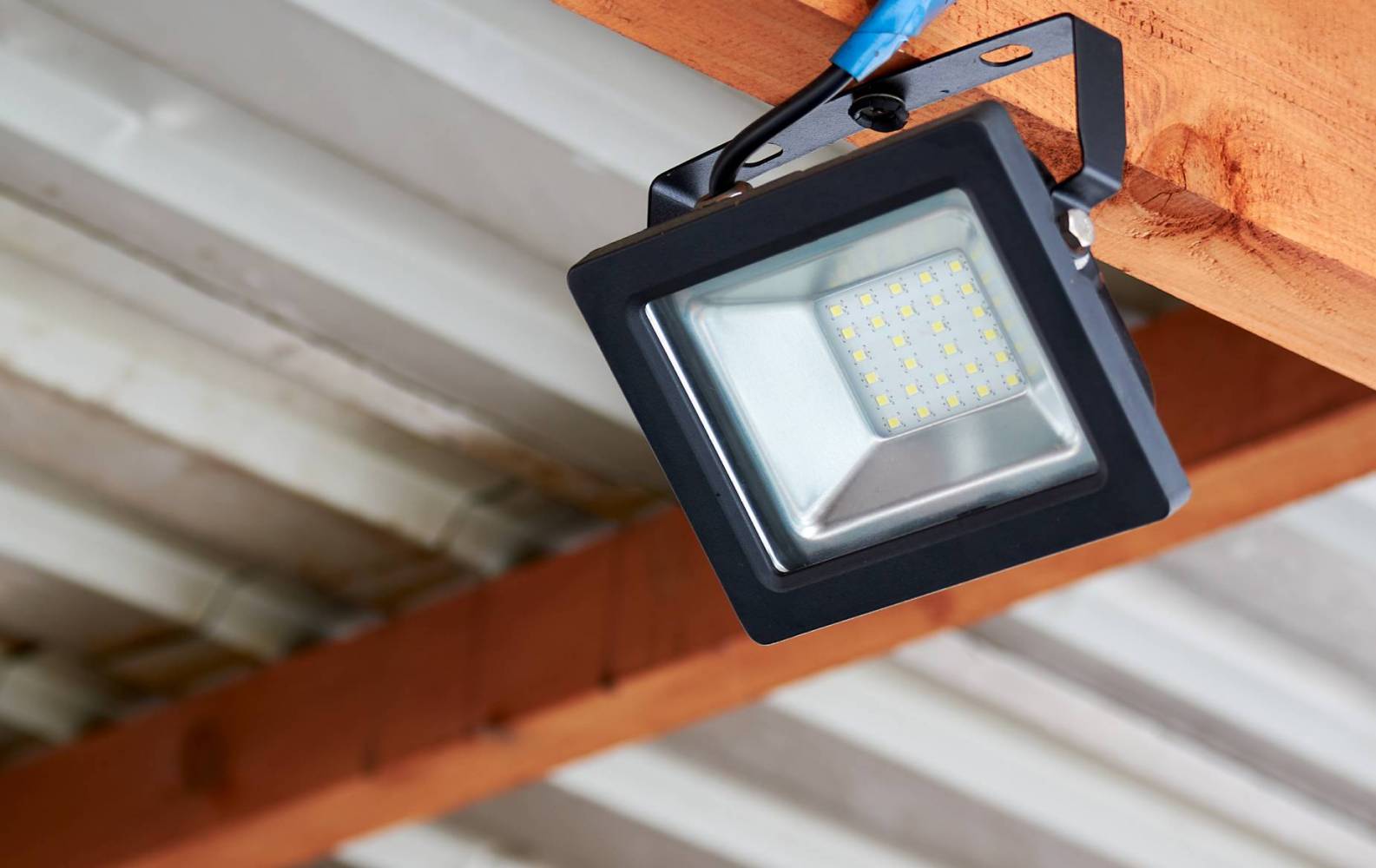
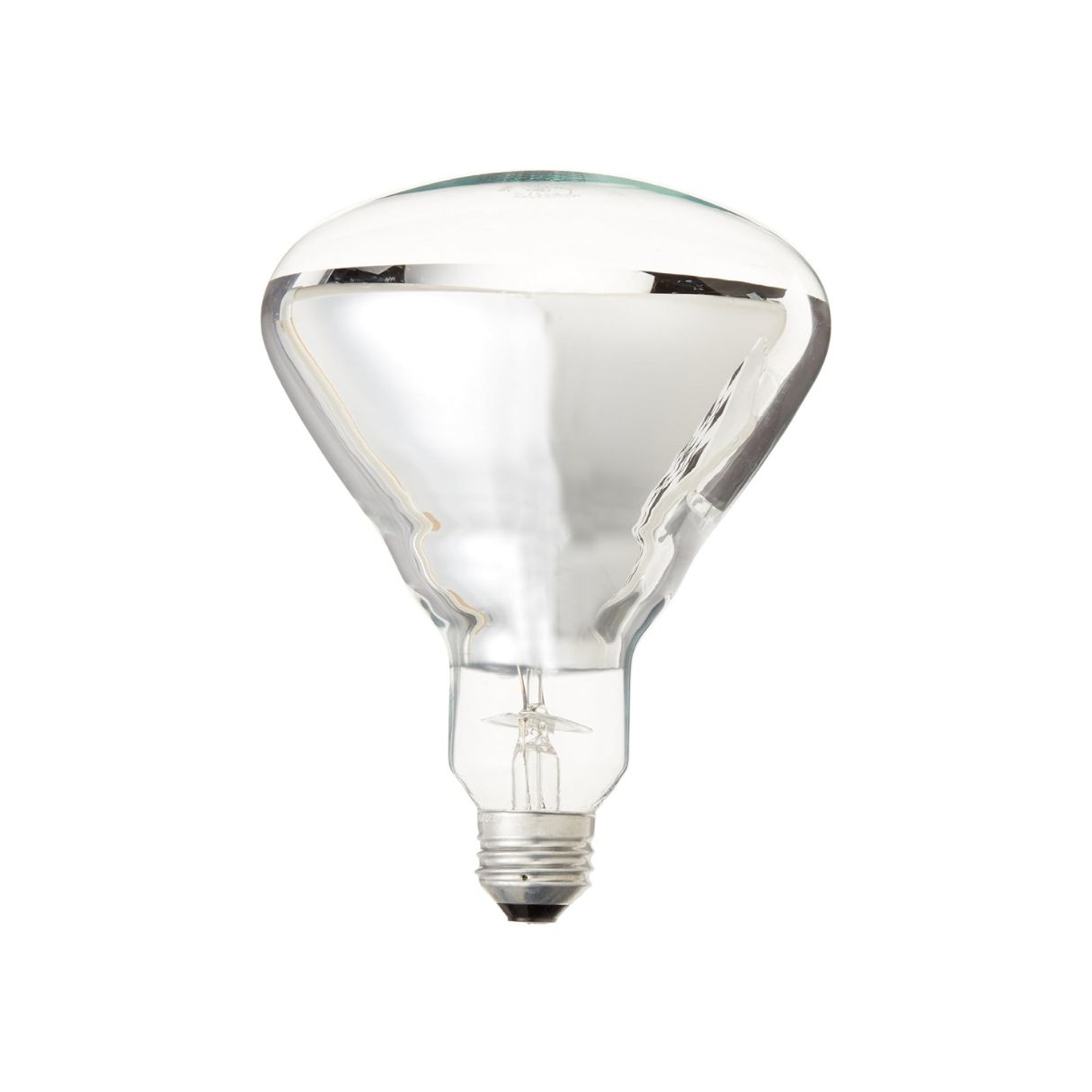
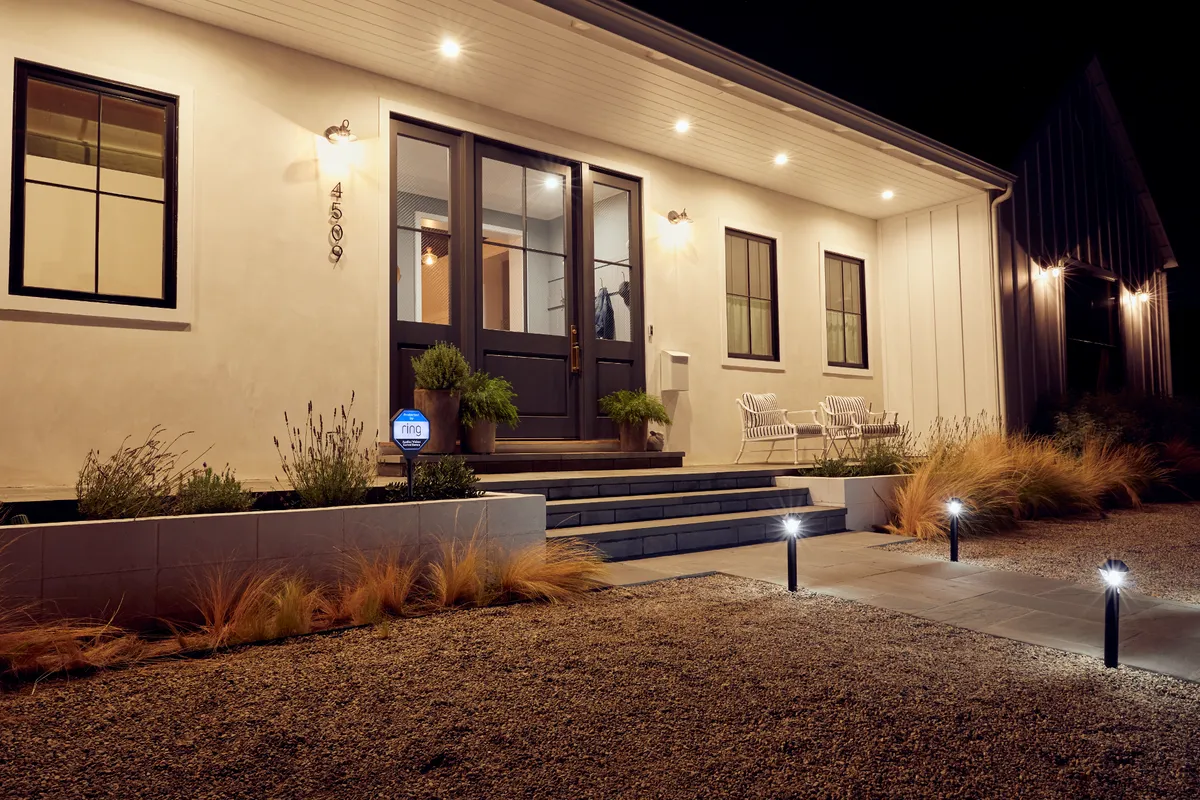
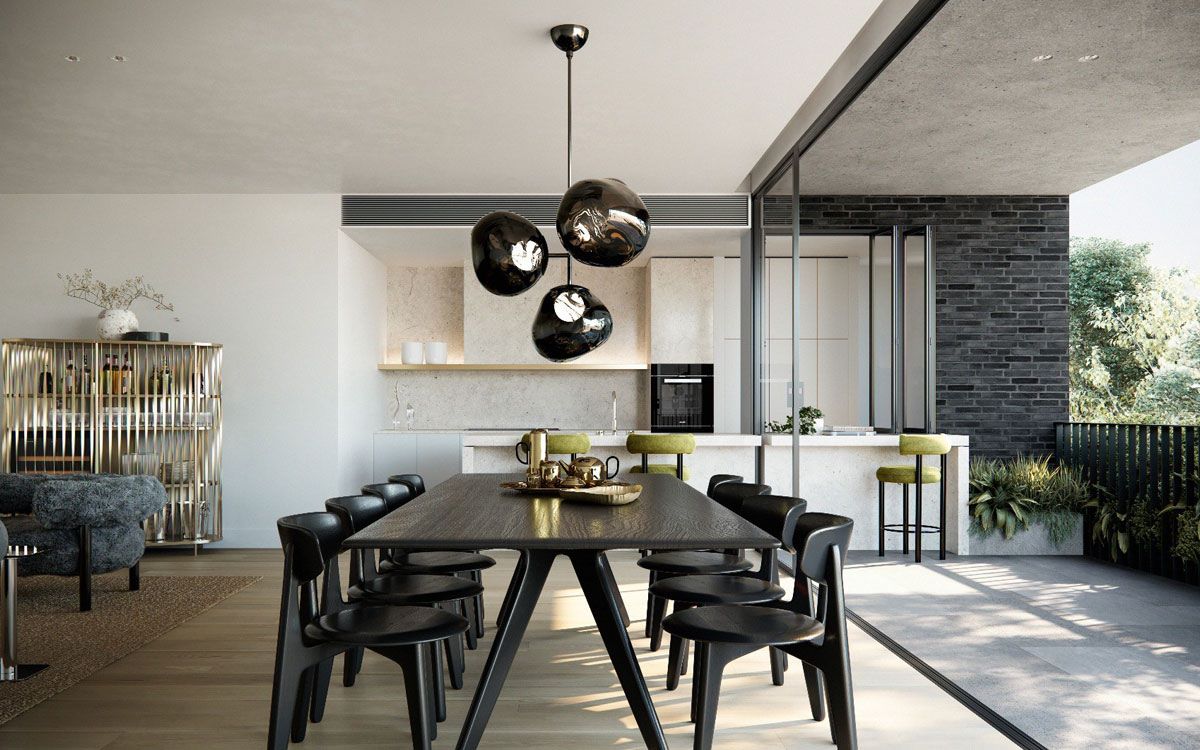
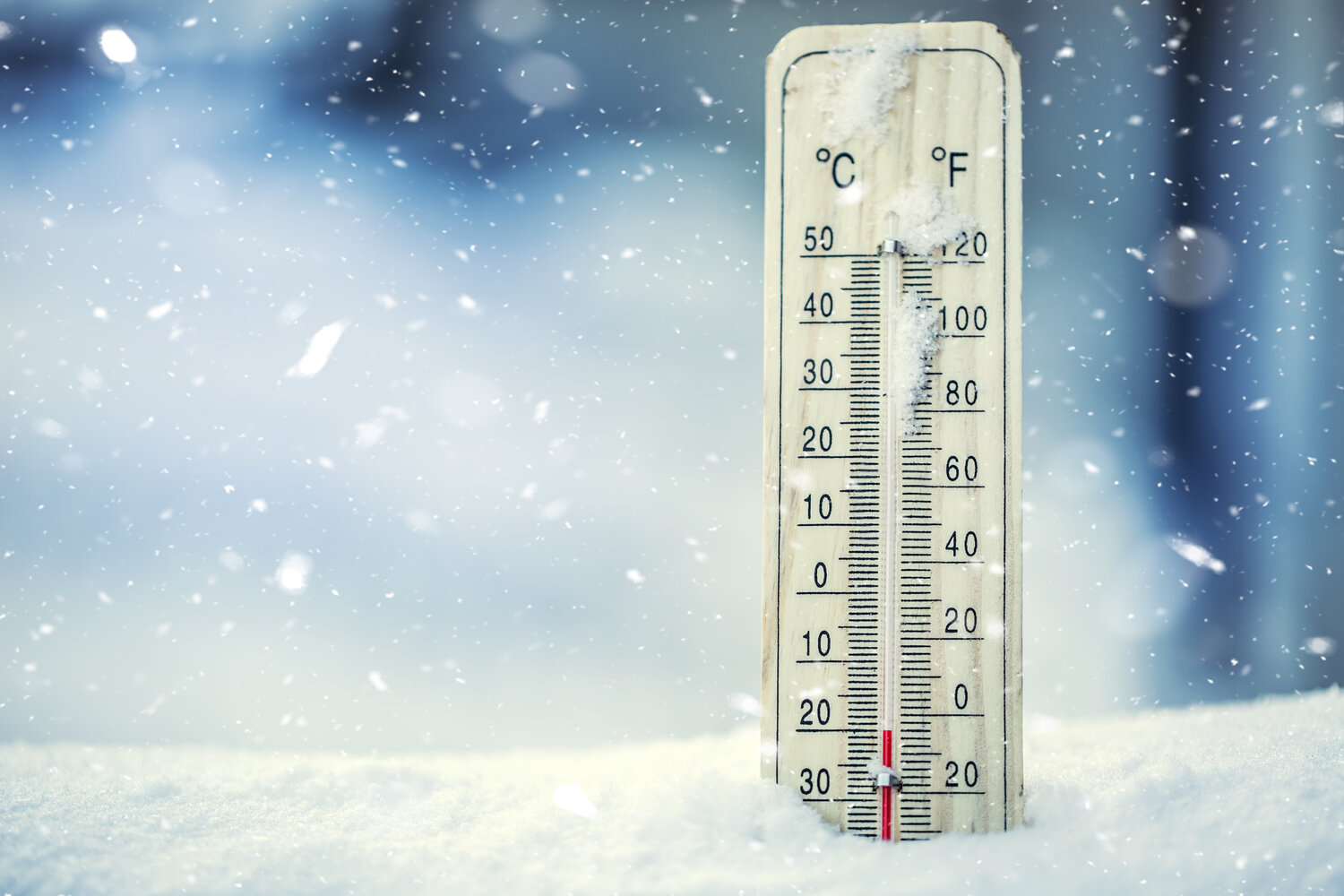

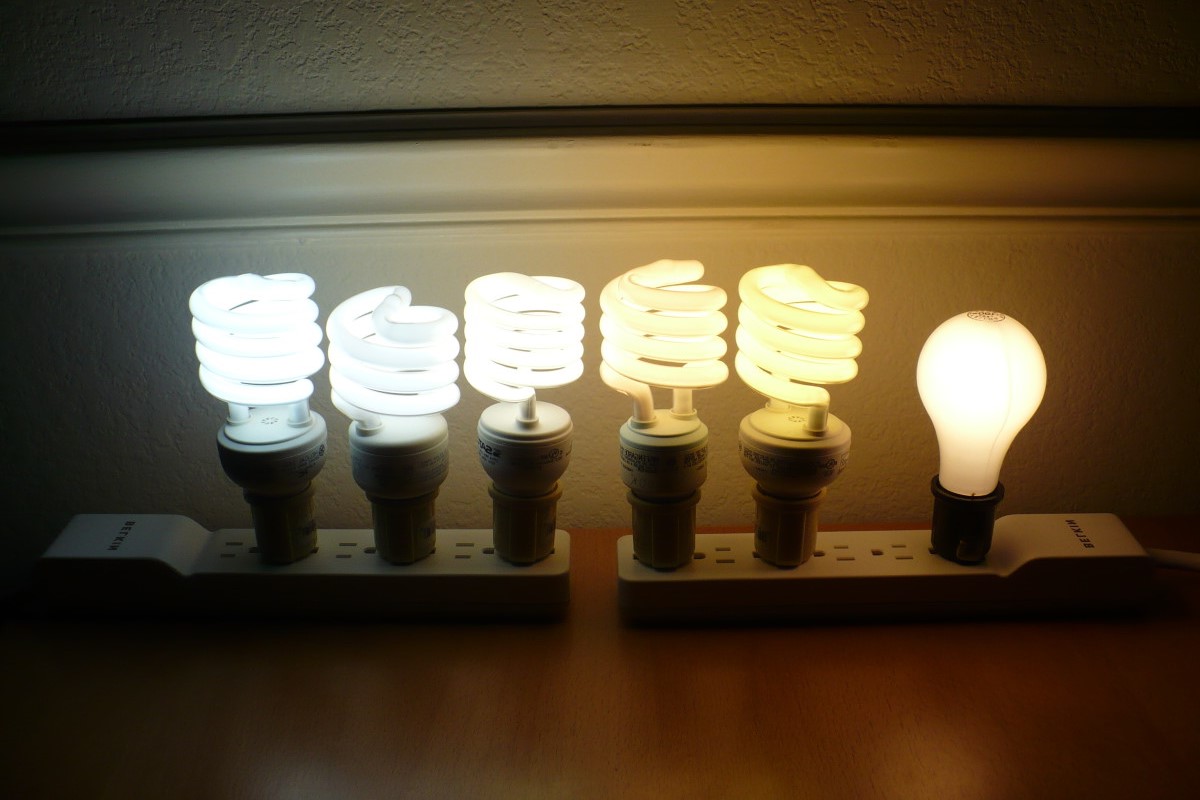
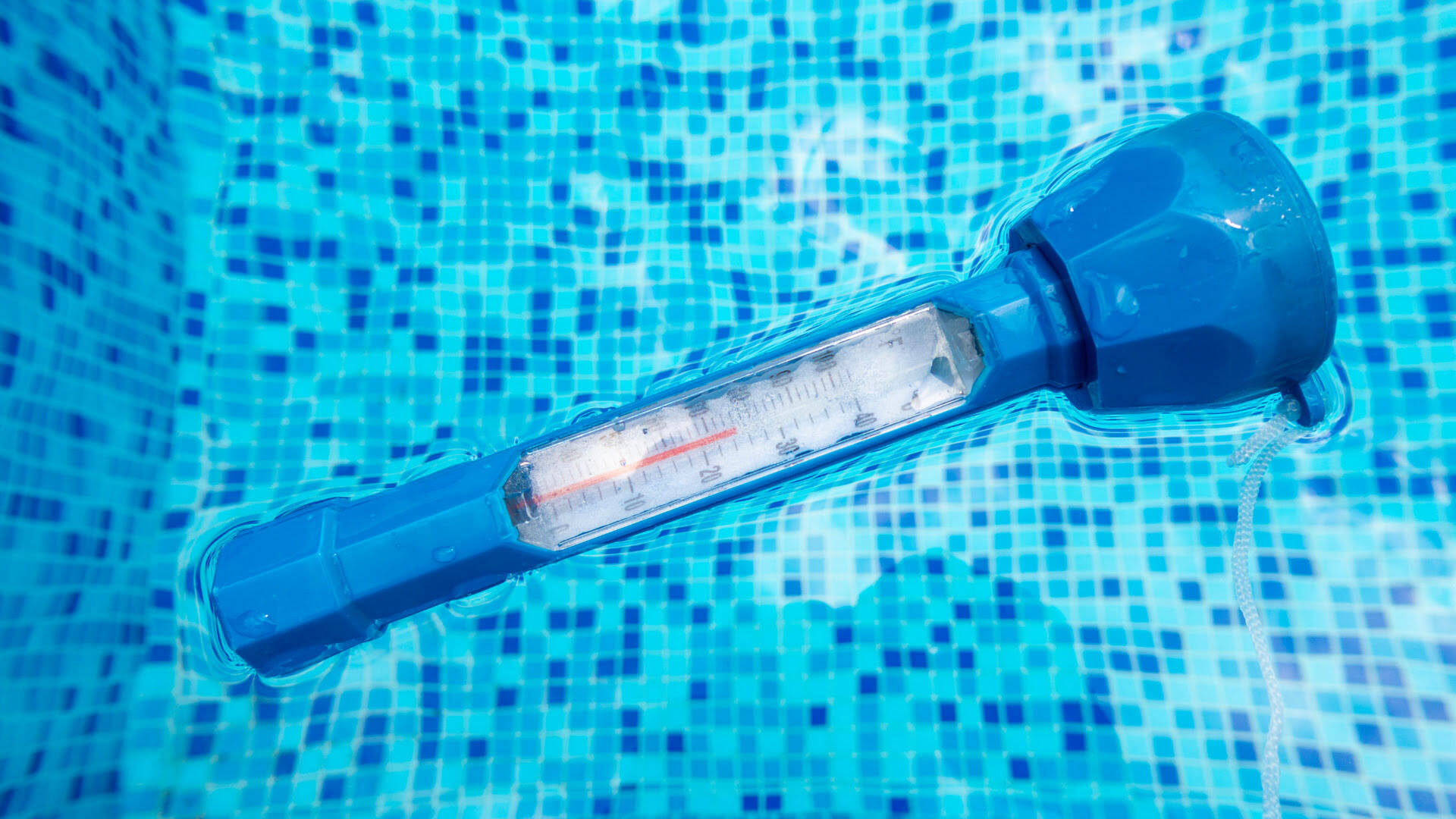
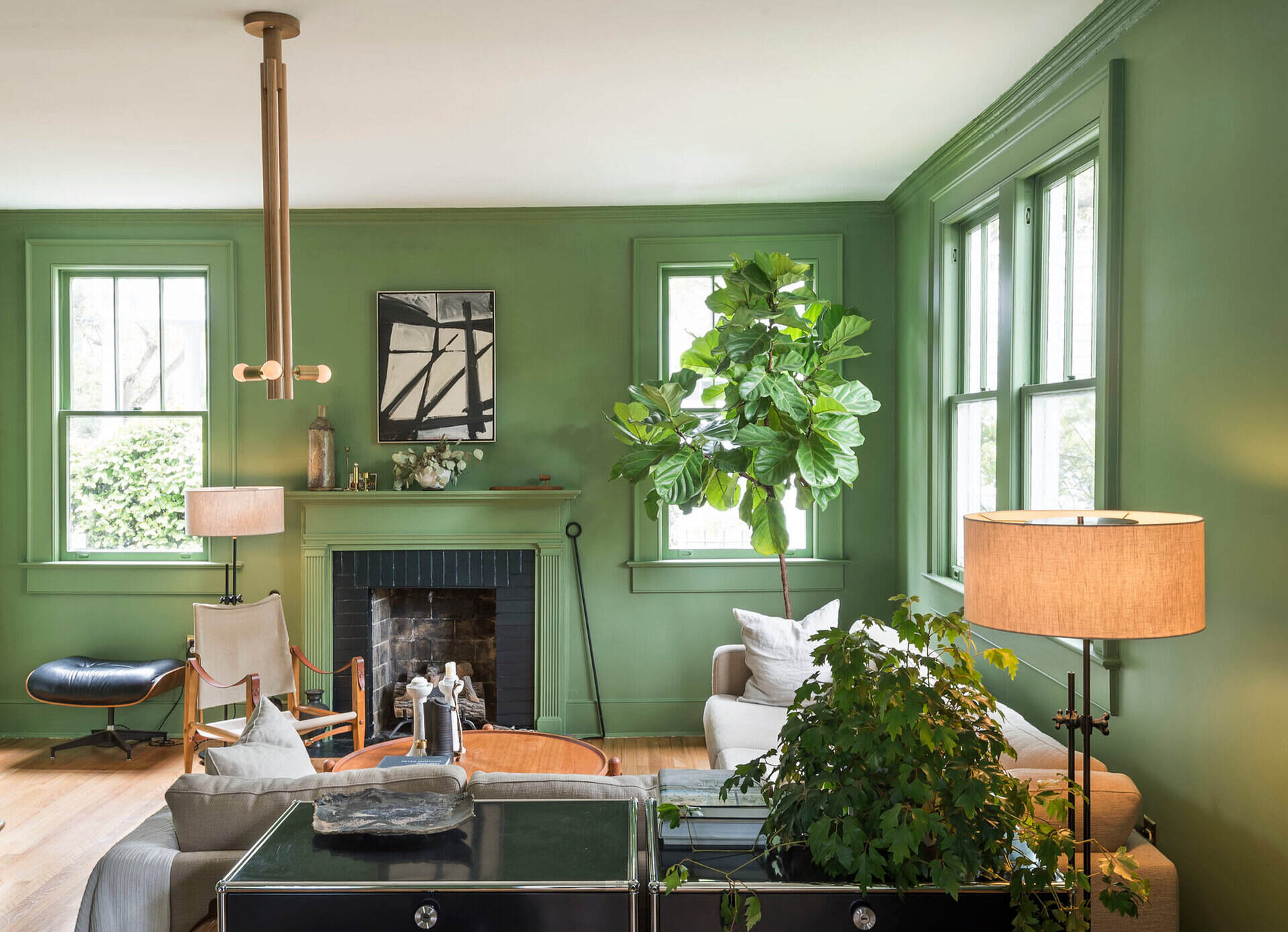
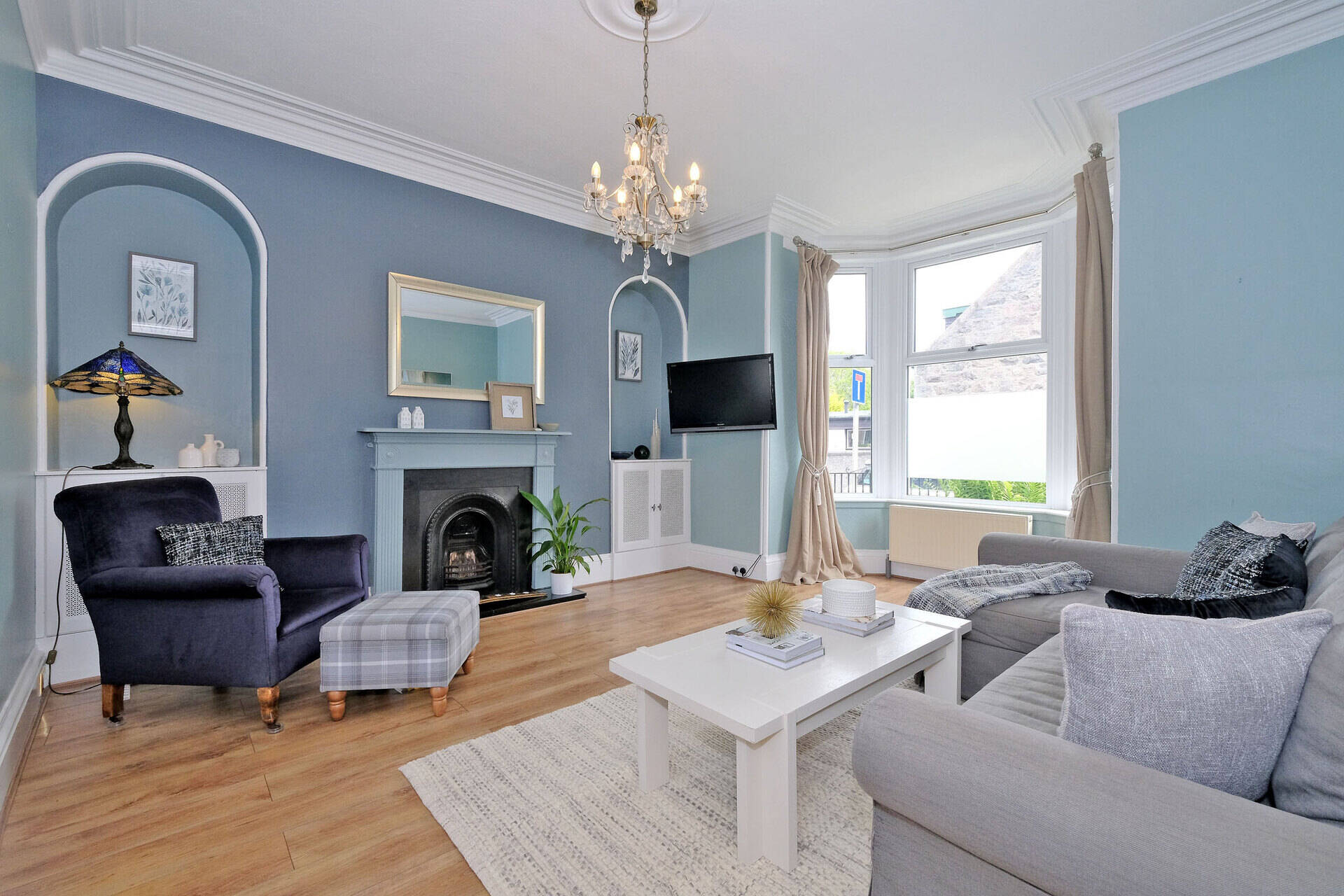
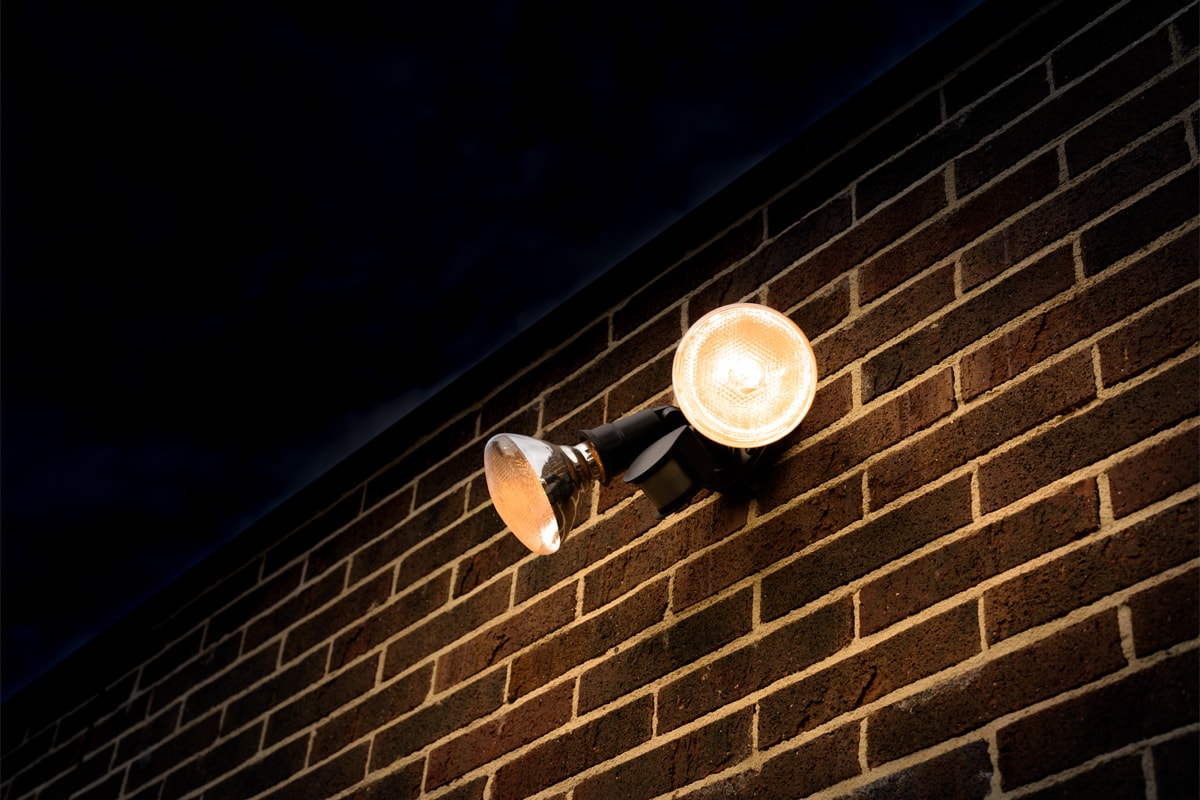

0 thoughts on “What Color Temperature Is Best For Outdoor Lighting”